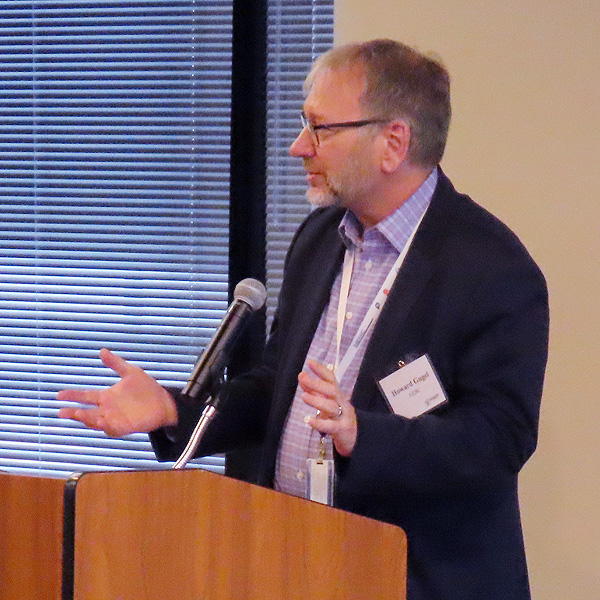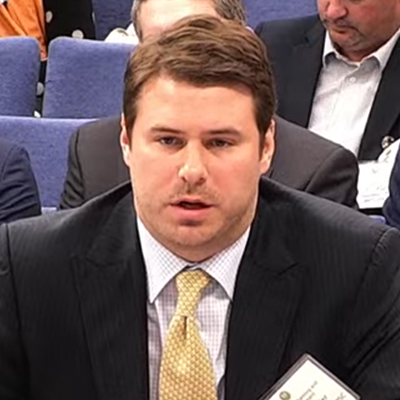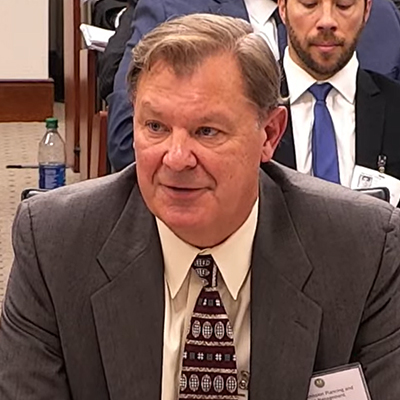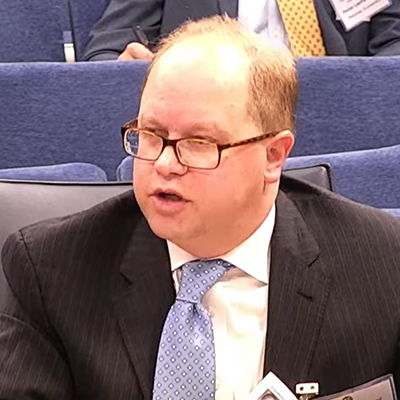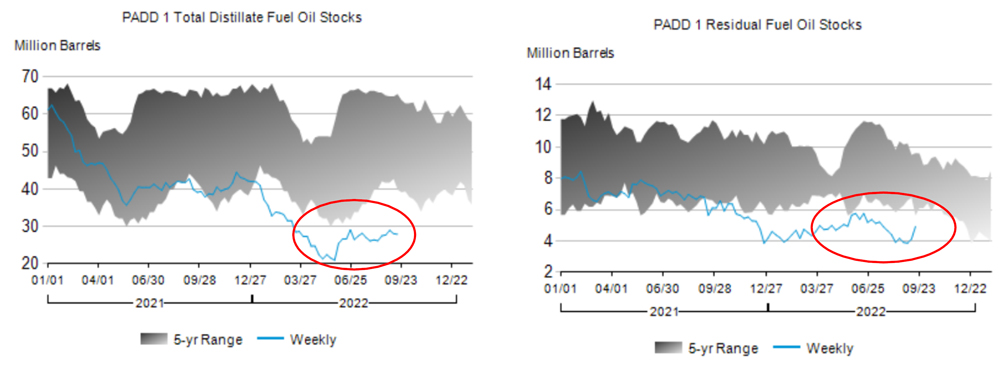The New York State Energy Research and Development Agency (NYSERDA) last week selected six real estate partnerships to join a $50 million effort “to help advance a climate-friendly building stock” in the state.
Gov. Kathy Hochul announced the selections, saying the partnerships will improve building efficiency across New York by implementing heating and water decarbonization systems in 5.6 million square feet of existing high-rise stock, part of the $50 million Empire Building Challenge (EBC).
According to a statement, the EBC promises to “usher in a new era for high-rise buildings” by retrofitting 131 buildings that have signed up to be carbon-neutral and publishing playbooks with best practices for other building owners to replicate and retrofit the 70% of state’s buildings constructed prior to existing energy codes to low-carbon standards.
Hochul’s announcement also noted that energy startup accelerator The Clean Fight was selected as administrator for the $10 million dollar Empire Technology Prize program, which will support entrepreneurs developing technologies that disrupt the energy industry and increase the deployment of low-carbon retrofits in tall commercial or multifamily buildings.
The real estate teams were selected through a competitive solicitation that sought developers who will advance eight showcase buildings as part of the EBC.
The six partnerships chosen last week represent the second group of real estate businesses selected for the program, following a first cohort of 10 selected in April 2021 to achieve carbon neutrality in their building stock, with Vornado, Empire State Realty Trust and Rudin Management Company committing their entire portfolios to reaching neutrality.
The program has received strong support since, allowing New York to retrofit older buildings with green technologies instead of demolishing them.
Barriers and Challenges
New York has struggled to weatherize the more than 90% of buildings in the state that are expected to still be standing by 2050.
The state’s Climate Action Council (CAC) recently found that buildings are the largest source of greenhouse gas (GHG) emissions in New York, responsible for one-third of annual emissions statewide.
Furthermore, New York’s building stock tends to be inefficient.
Due to poor insulation and energy efficiency codes, buildings leak heat during winter and cold air in the summer months. It will be particularly difficult to decarbonize sectors of the built environment that are high-rises in cold climates, such those that dominate New York City’s skyline, since they both cover lots of ground and interact with extreme weather significantly more than smaller neighboring structures.
 CLCPA estimations of GHG emissions by sector with buildings representing more than 25% | Climate Action Council
CLCPA estimations of GHG emissions by sector with buildings representing more than 25% | Climate Action Council These challenges became clear during Superstorm Sandy in 2012, which caused approximately 35,000 housing units to lose power, heat or hot water for extended periods, if not permanently. More recently, a snowstorm in April caused power outages across the state, leaving more than 150,000 utility customers in the cold.
An analysis by rental consultancy RentHop found that the number of winter 311 heat or hot water complaints was 25.6% higher this past winter than last.
Meanwhile, NYISO predicts more extreme heat waves will occur with each subsequent summer, meaning even higher cooling costs. (See “Summer Highs Test System,” NYISO OC Discusses NOPR Comments, High Temps, EDS Results.)
These challenges became particularly acute after the three days of heavy rain last week that exposed flaws in many New York buildings.
Specifically, the impact of the rain forced Councilwoman Julie Won from District 26 of Western Queens to join residents of Woodside Houses to demand permanent heating fixes to their development because residents immediately lost heat and hot water in the deluge and are now worried about freezing during what is expected to be a frigid winter with higher average energy costs.
The issue has become so important that Hochul has promised that New York will initiate the nation’s first gas ban in new construction by 2027, while the state Senate has gone a step further and proposed implementing the ban in 2024 for small buildings and 2027 for larger buildings.
But there are significantly fewer new buildings being constructed than the total existing stock within New York, making it critical to weatherize the millions of currently emitting buildings.
Heat Pumps a Priority
One notable method of decarbonizing the building sector would be use of retrofitted heat pumps, heating plants and connected water delivery systems.
Conventional heating and cooling systems account for 37% of energy consumption and 32% of greenhouse gases in New York, but clean heating and cooling systems — such as heat pumps — could significantly reduce the state’s carbon footprint.
Heat pumps are up to four times more efficient than conventional heating systems because they transfer heat rather than generating, making them cleaner, cheaper and healthier. More specifically, heat pumps move heat from the cool outdoors into the building during the heating season and then out of the building to the outdoors during the cooling season.
Air-source heat pumps operate via ducts that connect to an indoor unit that vents compressed outdoor air throughout the house in a controlled manner.
Ground-source — or geothermal — heat pumps extract heat from the ground or a nearby water source into the home during freezing weather through underground piping systems, then reverse the process during warmer months.
Compared to conventional systems, heat pumps have longer life expectancies, supply more consistent and steady outputs, allow for weather adaptability, can connect to intermittent or on-site storage systems, and produce fewer emissions.
New York has invested heavily in heat pumps, as seen in its NYS Clean Heat program, which emphasizes using the devices to increase building energy efficiency and reduce emissions compared with natural gas heating. State assembly members, such as Sandra Galef (D), have been hosting public meetings specifically devoted to heat pumps to promote their energy efficiency to constituents.
Despite the benefits, heat pumps suffer the disadvantage of having high upfront costs, requiring special planning permissions, and being sometimes difficult to install.
However, the CAC estimates that 1 to 2 million efficient homes will need to be electrified with heat pumps by 2030 to achieve CLCPA mandates, which does not consider taller high-rise buildings, the subject of the governor’s recent announcement.
EBC Benefits
The EBC is working to develop long-term capital plans that achieve carbon neutrality, while devising scenarios to scale the solutions within their partners’ portfolios.
A recent analysis from the Urban Green Council estimated that EBC partners could invest more than $250 million, which would bring the total funding to $300 million flowing into the energy-efficiency retrofit market, creating 2,600 high paying jobs, cutting 175,000 tons of carbon from New York’s emissions, and expanding improvements in almost 50,000 NYC buildings.
Furthermore, the CAC’s Just Transition Working Group found that the building sector will account for more than half of the jobs added in the clean energy subsectors from 2019 to 2030, and estimated that building sector employment will rise to roughly 366,000 by 2040, which would double the 2019 total workforce.
The CAC also estimated $9 billion in health benefits from energy efficiency interventions in low- and moderate-income homes, on top of the benefits from reduced fossil fuel combustion. Among those benefits is the reduction in carbon monoxide poisonings; leaking home heating systems are the primary cause of these poisonings the U.S., accounting for 1,500 emergency department visits and 160 hospitalizations in New York alone.
Potential health and cost benefits could be even more vital for disadvantaged communities, which are disproportionately affected by asthma and contain homes that may be more likely to have unvented or piloted gas stoves. The CLCPA has explicit provisions committing to target the electrification of environmental justice communities.
In an email to NetZero Insider, NYSERDA Vice President of Clean and Resilient Buildings Susanne DesRoches said “the Challenge will improve the building façades, increase ventilation, and deploy modern heating systems that will directly benefit the approximately 800 families that currently live in these showcase buildings.”
EBC partners “provide affordable housing to tens of thousands of New Yorkers, so the potential impact of carrying these lessons through their portfolios is huge,” DesRoches said. She added that, given the number of New Yorkers who live in aging structures, “each and every one of these buildings can learn from the solutions being advanced through Empire Building Challenge and, when the time is right, apply these solutions.”
Next Steps
Hochul has committed to achieving two million climate-friendly homes by 2030 and the EBC public-private partnership between NYSERDA and its real estate partners is expected to aid in that endeavor.
DesRoches said the “Empire Building Challenge is about moving from planning to action in addressing harmful emissions from the existing building stock in New York State in support of Gov. Hochul’s commitment.”
NYSERDA said its plans to release a competitive funding opportunity in which the real estate partners can submit proposals for up to $3 million for projects that showcase highly replicable approaches to decarbonize heating and hot water systems in existing buildings. Meanwhile, the first-round cohort have begun implementing their demonstration projects and are sharing updates online, while actively working to develop long-term plans for carbon reduction.
Additionally, NYSERDA said it is working with The Clean Fight to launch the Empire Technology Prize, which it views as a way to bring new technologies to market and accelerate the pace of building decarbonization.
